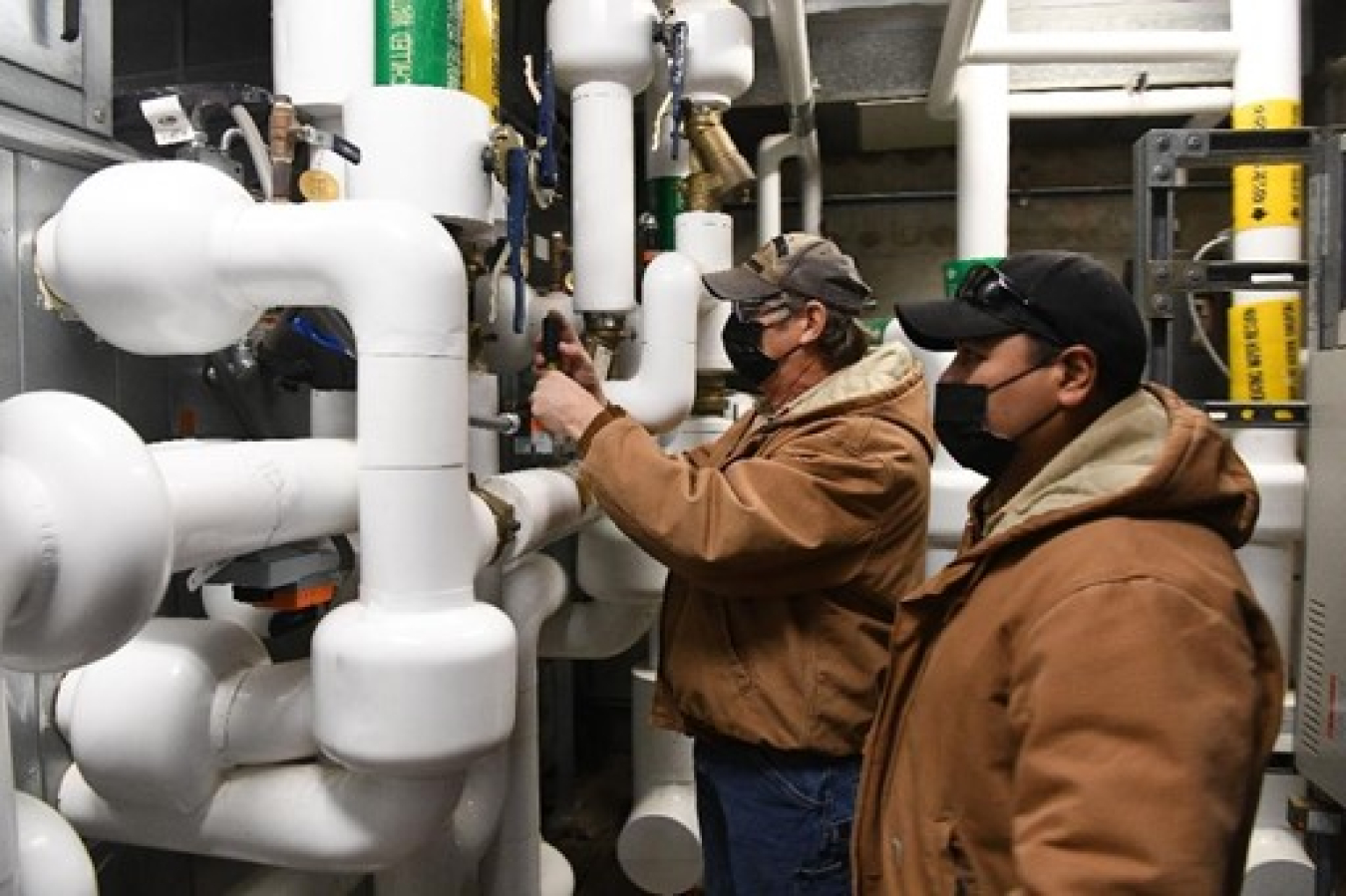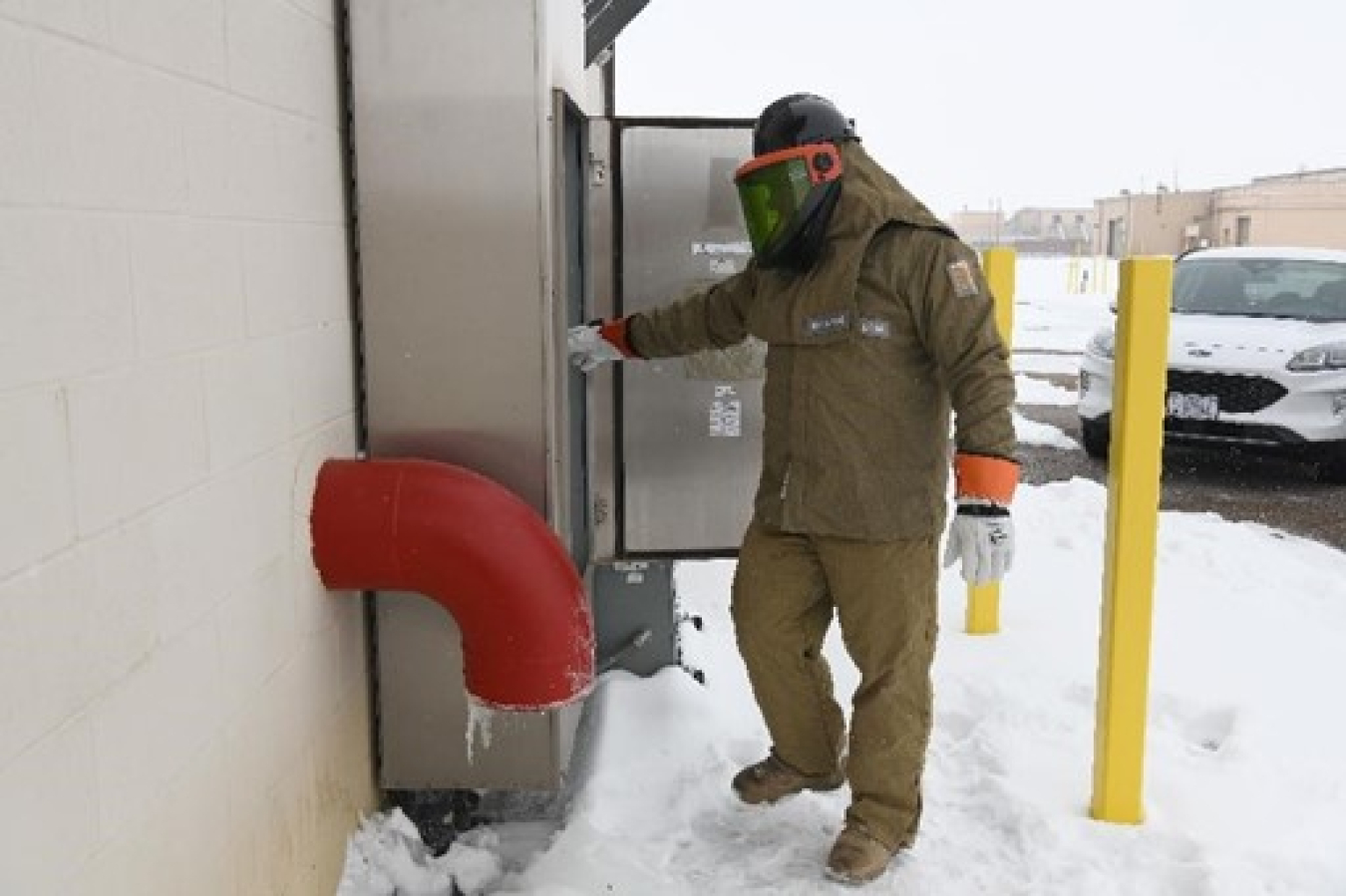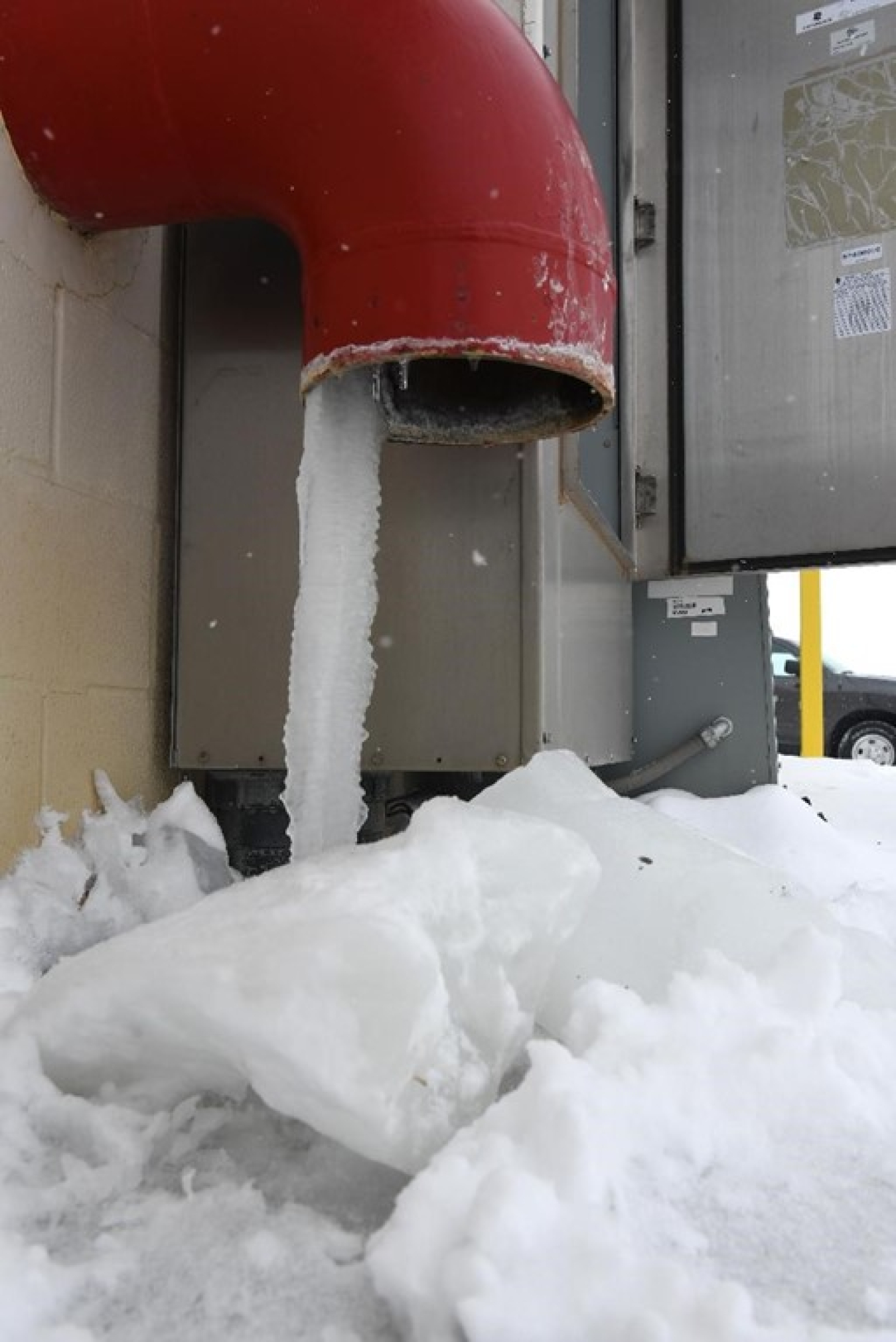Pantex responded quickly to the dangerous weather conditions by cancelling work shifts, reducing energy consumption, and evaluating freezing temperature-related damage to facilities.
National Nuclear Security Administration
March 25, 2021
Like other regions of Texas, the Amarillo area and Pantex Plant endured unprecedented winter weather Feb. 13-18, with record low temperatures impacting the site. Pantex responded quickly to the dangerous conditions by cancelling work shifts, reducing energy consumption, and evaluating freezing temperature-related damage to facilities.
In line with Gov. Abbott’s disaster declaration, President Biden’s federal emergency declaration for severe winter weather, and a request by utility providers, Pantex took steps to reduce temperatures in buildings and implement other measures to decrease energy use, maintain utilities, and conduct essential activities.
“The Panhandle region and Texas have always supported Pantex and our mission,” said Pantex Site Manager Todd Ailes. “As soon as we heard about the limited energy and gas supplies, we worked tirelessly to reduce our site energy consumption to help support the human needs throughout the state. We need to support the community that supports us.”
In order to minimize energy consumption, Pantex cancelled work shifts for five days beginning Feb. 15 except to support essential Plant activities and operations.
“When our state had to execute rolling blackouts, and areas were without water and heat, I witnessed numerous Pantex employees determined to do everything in their power to conserve energy and help maintain the safety of the site,” Ailes said.
Plant personnel required to support site services and critical mission work returned to the site as needed Feb. 19, and Pantex continued to reduce energy consumption through the weekend at the request of utility providers.

“During the storm, we had to change the fuel that the boilers were running on from natural gas to diesel fuel,” said Joe Papp, senior director Pantex Engineering. “This took a lot of work as we have not run the boilers on diesel fuel in a long time. I am proud of the team for pulling together on this effort.”
Shipments of diesel fuel were delivered to the Plant in 7,500-gallon increments throughout the week and beyond to fuel many, but not all, of the Plant’s boilers as deemed necessary to reduce reliance on natural gas, which was then in short supply.
Pantex also quickly established a central “War Room” with participation from all of the Plant’s organizations and functions involved to capture, organize, and prioritize responses to the multiple issues encountered as a result of the weather.
“There was a comprehensive effort to assess the Plant to identify areas of concern and issues,” NNSA Production Office Manager Geoffrey Beausoleil said. “These issues were captured, prioritized, and the wheels put in motion to attack them with vigor and accuracy. That week dealt us a hand only the best could play – and our team at Pantex is the best. Throw anything at us and we will adapt and deliver.”
Other energy-related efforts included de-icing and returning the site’s five wind turbines to operation to feed the Plant’s electric grid and keep supplying renewable energy to further reduce load on fossil fuels. The turbines are the first in the NNSA enterprise and typically generate about 60 percent of the Plant’s power needs with a combined cost savings of $2.8 million annually.
Due to the extreme temperature conditions, freeze damage occurred to several production and support facilities. Some pipes and air-handling units developed leaks and other cold-related impacts. However, all operations in the affected facilities had already been paused, and the materials remained safe and stable.
The Plant returned to its normal operations Feb. 22. The boilers continued to run on diesel fuel for energy conservation purposes until receiving the green light from the utility provider to return to normal consumption of natural gas. Full recovery from the weather event continued into March.
“Many thanks to all facilities, emergency operations, yard group, security teams, and others. I want to express my sincere appreciation. You all have done a fantastic job,” said Gabe Pugh, NPO Deputy Manager. “I really appreciate your sacrifice and dedication to keep the Plant safe during extreme weather conditions.”


